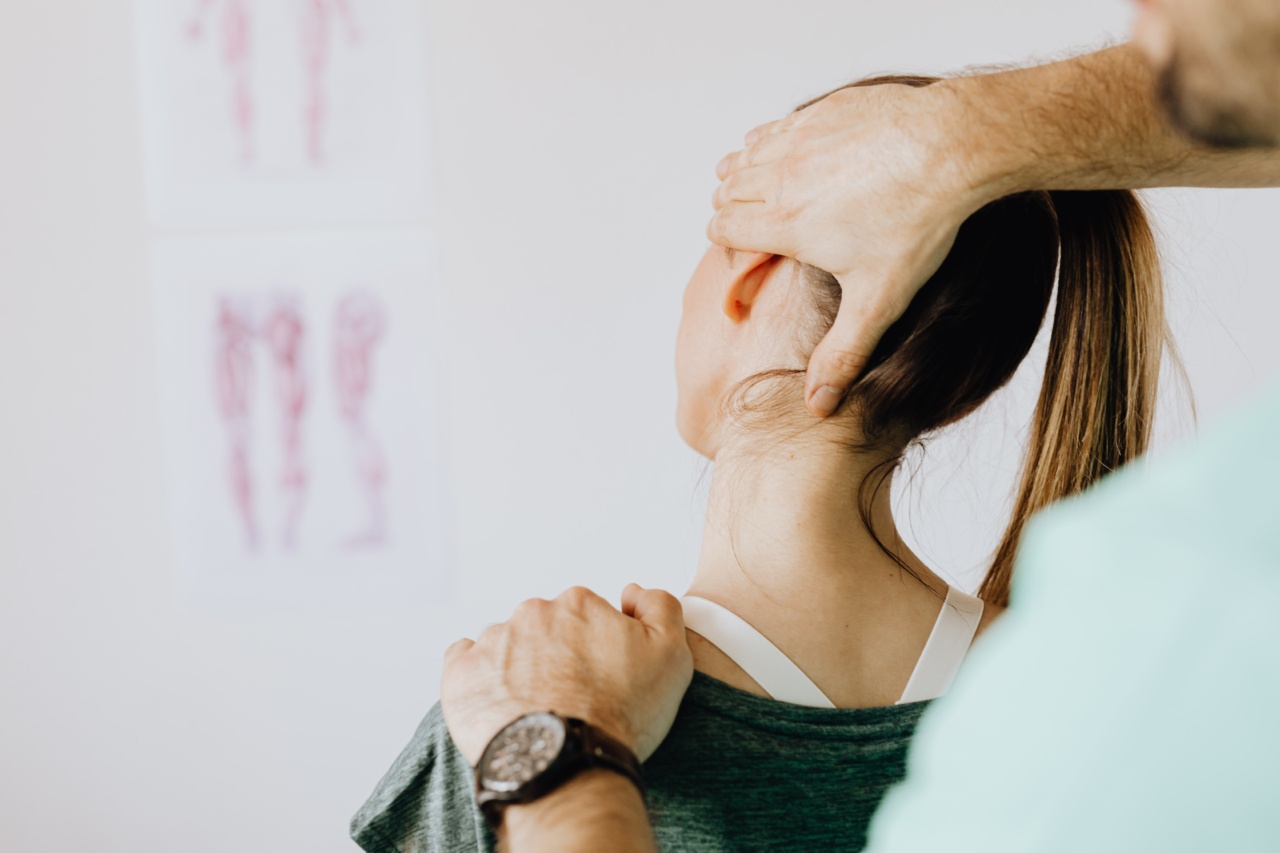Benign Prostate Hyperplasia (BPH) is a common condition that affects men as they age.
It is characterized by the non-cancerous enlargement of the prostate gland, which can lead to various urinary symptoms such as frequent urination, weak urine flow, nocturia (waking up at night to urinate), and the feeling of incomplete bladder emptying. While BPH is generally not a serious health concern, it can significantly impact a man’s quality of life. Fortunately, there are several effective treatment options available to manage BPH and alleviate its associated symptoms.
1. Watchful Waiting
In cases where symptoms are mild and not bothersome, doctors often recommend a watchful waiting approach. This means actively monitoring the condition without immediate medical intervention.
Regular check-ups and discussions with the doctor help assess the progression of BPH and determine if any treatment is necessary. Lifestyle modifications, such as avoiding caffeine and alcoholic beverages, can also be beneficial in managing mild BPH symptoms.
2. Medications
Medical treatment options for BPH can help relieve symptoms and prevent the progression of the condition. The most commonly prescribed medications for BPH fall into two categories:.
a. Alpha-Blockers
Alpha-blockers work by relaxing the muscles in the prostate and bladder, relieving urinary symptoms. These medications can improve urine flow and reduce the frequency of urination.
Examples of alpha-blockers prescribed for BPH include tamsulosin, doxazosin, and alfuzosin.
b. 5-Alpha-Reductase Inhibitors (5-ARIs)
5-ARIs help shrink the prostate gland by inhibiting the production of dihydrotestosterone (DHT), a hormone responsible for its enlargement. These medications can reduce the size of the prostate, improve urinary flow, and alleviate symptoms over time.
Finasteride and dutasteride are common 5-ARIs prescribed for BPH treatment.
3. Minimally Invasive Procedures
If medications fail to provide adequate relief, minimally invasive procedures may be recommended. These procedures aim to alleviate symptoms by reducing the size of the prostate or clearing the urinary passage.
Common minimally invasive procedures for BPH treatment include:.
a. Transurethral Microwave Therapy (TUMT)
TUMT involves delivering microwave energy to heat and destroy excess prostate tissue. This results in a reduction in the size of the prostate gland and an improvement in urinary symptoms.
b. Transurethral Needle Ablation (TUNA)
TUNA uses low-level radiofrequency energy to deliver heat to the prostate, causing the excessive tissue to shrink. This procedure helps improve urine flow and reduce urinary symptoms.
c. Transurethral Resection of the Prostate (TURP)
TURP is a surgical procedure in which a portion of the prostate gland is removed using a resectoscope. It is considered the gold standard treatment for BPH and provides significant relief from symptoms in most cases.
d. Laser Therapy
Various laser therapies, such as Holmium laser enucleation, GreenLight laser therapy, and photovaporization, are also available.
These procedures use laser energy to remove excess prostate tissue, improving urinary symptoms without the need for traditional surgery.
4. Surgical Interventions
In cases where the prostate is severely enlarged or when other treatment options have failed, surgical intervention may be necessary. Surgical options for BPH include:.
a. Open Prostatectomy
Open prostatectomy involves the complete removal of the prostate gland through a large incision in the abdomen. This procedure is typically reserved for extremely enlarged prostates.
b. Transurethral Incision of the Prostate (TUIP)
TUIP is a surgical procedure used to relieve bladder outlet obstruction by making small incisions in the prostate gland. This procedure is generally preferred for men with smaller prostates.
c. Prostate Artery Embolization (PAE)
PAE is a minimally invasive procedure that aims to shrink the prostate by blocking the arteries that supply blood to it. This leads to reduced prostate size and relief from urinary symptoms.
5. Lifestyle Changes
In addition to medical and surgical interventions, certain lifestyle modifications can help manage the symptoms of BPH. These include:.
a. Bladder Training
Bladder training involves gradually increasing the time between bathroom visits to improve bladder control and reduce urinary frequency.
b. Dietary Changes
Making dietary changes such as reducing caffeine and alcohol consumption, avoiding spicy foods, and drinking plenty of fluids throughout the day can help alleviate symptoms.
c. Regular Exercise
Engaging in regular physical activity, such as walking or swimming, can help improve overall prostate health and minimize urinary symptoms.
By combining medical treatments, minimally invasive procedures, surgical interventions, and lifestyle changes, men can effectively manage benign prostate hyperplasia and improve their quality of life.































